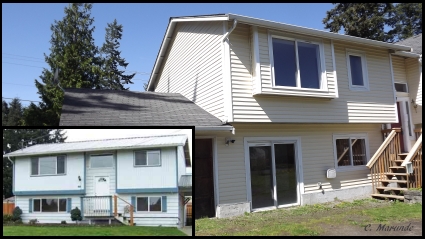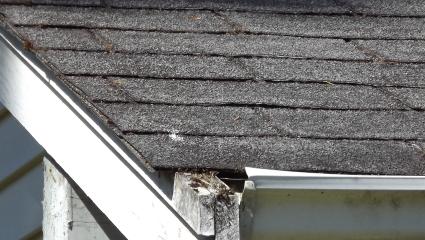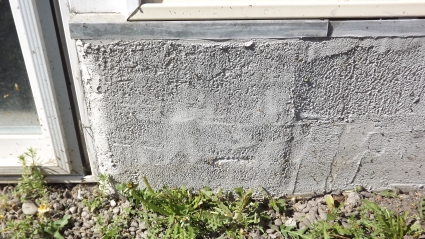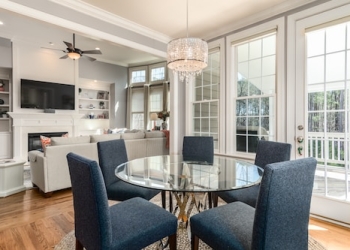How does one compare homes when you’ve narrowed it down to similar homes in similar neighborhoods in the same price range? When you’re ready to make an offer on a home, there is clearly some important filtering that you will do to arrive at that place. Here are two homes that are similar in appearance, similar on the MLS data sheet in square footage and a dozen other ways. The neighborhoods are very similar, and they are priced the same within a couple of thousand dollars. I showed both of these homes and sold one of them. How did my client compare homes?
Compare Homes Structurally
Compare Homes Materially
It takes a trained eye to walk through a home and immediately recognize material defects and potential structural problems. Some of my clients have that trained eye, and when they don’t I bring the eye. It also helps to have a knowledge database in your head to know some general rules and practices to carefully compare homes. For example, when my client and I looked at this roof, we recognized that this composition shingle roof needed a complete replacement. Then we considered what we knew. The house was about 18 years old, and the life of a composition shingle roof in the Northwest is about 20 years. Yes, it would need to be replaced, and the cost of replacement for a roof of this size would be about $7,000.
Compare Homes Structurally
We also looked at the foundation. The owner did something very unusual. He covered the exposed portion of the concrete foundation with a cement paste. My client understood this was suspicious and that there had to be a reason for doing this. I also poured a lot of concrete in my youth. Why would the owner do this? Possibly to cover up cracks in the concrete foundation? Whatever the reason, it did not bode well.
As we walked through this same home, we both observed the apparent shadows in the vaulted ceiling in the living room, indicating that primer was not used before the ceiling was painted. But there were also signs of patching the sheetrock in a number of places. There would have been a logical reason for so much patching. But even the signs of this patching would not be recognized by the untrained eye. Perhaps the building site had not been properly compacted, and that the house had settled causing cracks in the sheetrock. The trim around the doors and at the base of the walls was cheap trim. Apparently the carpenter wasn’t good with a miter saw, because the corners were sloppy. The hardware used throughout the house was the cheapest hardware. It’s a lot of work to carefully compare homes.
The home my client decided to buy was the one without any of these defects. And get this–it was the same price. I don’t know who will buy the other house, but I do hope they have a trained eye or that they have a buyer’s agent with a trained eye. This is a vignette of how to compare homes.
Last Updated on April 29, 2012 by Chuck Marunde


































